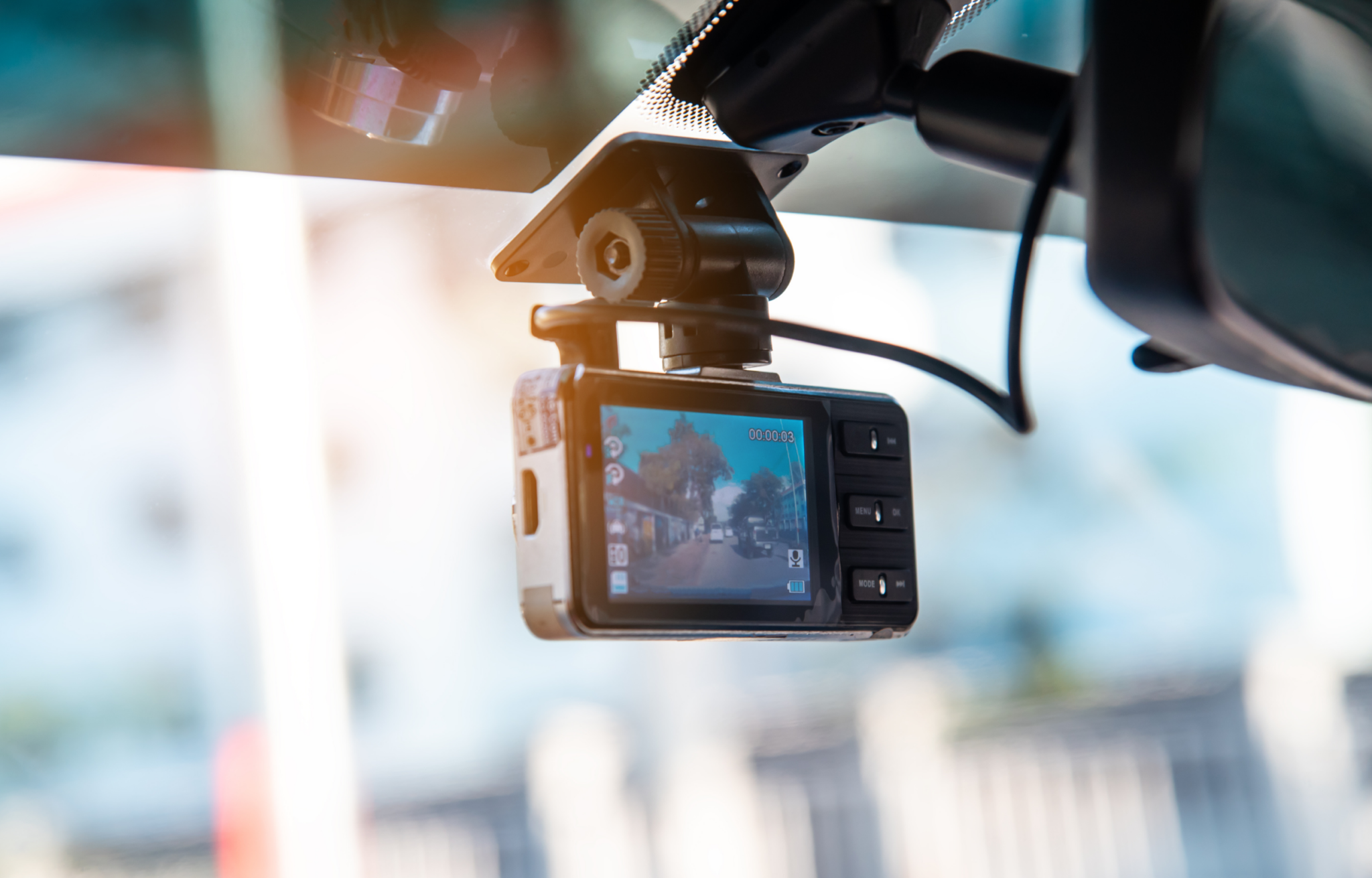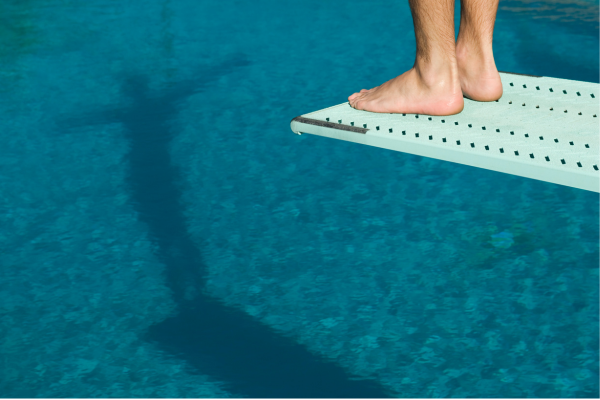Confirming Crash Times with Dashcam Audio

Dashcams have become indispensable tools for drivers and can often provide crucial evidence in the event of an accident. However, not all dashcams timestamp the videos, which can pose significant challenges when determining the exact time of a crash, hindering the ability to rule out distracted driving due to cell phone use. In such cases, audio captured from the vehicle’s audio system can play a pivotal role in establishing the timeline of events.
The Role of Radio Audio in Establishing Timelines
If the driver was listening to traditional radio, analyzing the broadcast can provide insight into the time of the incident:
- Radio Playlists and Schedules: Most radio stations keep playlists and schedules of the songs they play. These playlists are often available on the station’s website, detailing the exact time each song was broadcast. Analyzing the audio captured on the dashcam can identify the song or radio program playing at the time of the crash. Cross-referencing this information with the radio station’s playlist can provide a precise timestamp of the incident.
- Radio Hosts and Shows: Radio stations often have specific shows hosted by recognizable voices at particular times of the day. If the dashcam audio includes segments of a radio show, identifying the host can narrow down the station. For instance, a distinctive morning show host will lead an analyst to the proper radio station’s website to review their playlist. Furthermore, radio hosts often mention the time before or after a song is played, which can help further validate the playlist on their website and the time of a crash.
- News Bulletins and Advertisements: News updates, weather reports, and advertisements are typically scheduled at regular intervals. Recognizing these segments in the audio can help triangulate the time of the incident. For example, a news bulletin heard in the audio can be matched with the station’s news schedule.
Streaming Services and Bluetooth Audio
In addition to traditional radio, many drivers listen to music through streaming services like Spotify, Apple Music, or Pandora using Bluetooth or auxiliary connections. These platforms can also assist in pinpointing the time of a crash:
- Streaming Service Logs: Streaming services keep detailed logs of users’ listening activities. These logs include the start and end times of songs played, which can be accessed through users’ accounts. If the dashcam audio captures a specific song, checking the streaming history can reveal the exact time the song was played, thereby determining the time of the crash.
- Playlists and History: Many streaming apps have features that show the history of played songs or the current playlist. A timeline can be established by matching the audio recording to the playlist history. For example, if the dashcam captures a song that started playing at 2:15 p.m., according to the streaming history, it can be inferred that the crash happened around that time.
- Synchronization with Phone Data: Modern smartphones keep logs of Bluetooth connections and usage times. By correlating the time at which the phone was connected to the car’s Bluetooth system with the dashcam audio, investigators can further validate the time of the crash.
Practical Applications and Case Studies
The practical application of these methods can be illustrated through real-world case studies:
Case Study 1: A Morning Commute Crash
During a crash investigation, the subject vehicle’s dashcam was found to have captured a segment of a popular morning radio show. By identifying the host’s voice and checking the radio station’s schedule, the investigators determined the crash occurred at approximately 8:35 a.m. With this information, investigators reviewed the data from the vehicle operator’s cell phone, revealing that the TikTok application was open at that time.
Case Study 2: Streaming Service Evidence
In another incident, the driver was listening to a curated playlist on Spotify. The vehicle’s dashcam recorded audio of a specific song during the time of the crash. By accessing the driver’s Spotify history, investigators confirmed that the song started at 3:10 p.m., providing an accurate crash time. The vehicle operator had ended a phone call at 3:04 p.m. and did not have any other phone usage leading up to or at the time of the crash. A call was made after the crash at 3:13 p.m., so distracted driving could be ruled out.
Case Study 3: Manual Time Input
According to the timestamp associated with the vehicle’s dashcam, it was determined that the operator was on their phone at the time of crash. The defendant claimed that since they had manually input the timestamp into their camera and it was not synced to GPS, the time was off, and they weren’t on their phone at the time of the crash. However, the radio was on at the time of the crash. The radio host could be heard saying, “It’s currently 5:14, oh wait, now 5:15 p.m.,” approximately 4 seconds before the dashcam said it was 5:15 p.m. Even with the camera being 4 seconds off, the original consensus, that the defendant was on their phone at the time of the incident, remained true.
In the absence of a timestamped dashcam, audio from the car’s radio or streaming services can be an invaluable tool for determining the time of a crash. Radio stations’ playlists, recognizable radio hosts, and scheduled news segments provide a framework for pinpointing the time. Similarly, logs from streaming services offer precise data that can corroborate the timeline of events. By leveraging these audio sources, investigators can piece together accurate timelines, ensuring that the truth of the incident is accurately documented.
Timothy R. Primrose, CASA, CFVT
Digital Forensic Analyst
View all articles by Timothy R. Primrose, CASA, CFVT
